
SECP Form 28 is an essential document in the corporate governance landscape of Pakistan, specifically governed by the Securities and Exchange Commission of Pakistan (SECP).
This form is primarily used to signify the consent of individuals appointed as directors or chief executives in a company. Understanding its purpose, filing requirements, and implications is crucial for compliance and effective corporate management.
What is SECP Form 28?
SECP Form 28 serves as a formal declaration by a newly appointed director or chief executive officer (CEO) indicating their consent to take on the responsibilities associated with that role. This form is a legal requirement under the Companies Act, 2017, ensuring that individuals are aware of their duties before assuming office.
Purpose of SECP Form 28
The primary objectives of SECP Form 28 include:
- Consent Confirmation: It confirms that the individual consents to act in the capacity of a director or CEO.
- Legal Compliance: Filing this form ensures compliance with legal obligations, preventing unauthorized appointments.
- Accountability: It reinforces accountability by making sure that directors and CEOs understand their responsibilities before taking office.
Who Needs to File SECP Form 28?
Filing SECP Form 28 is mandatory for:
- New Appointments: Any new director or CEO appointed within a company must have this form filed alongside SECP Form 29.
- Changes in Directorship: If there are changes in the board of directors or if an existing director or CEO resigns or is removed, a new Form 28 must be submitted to reflect these changes.
Filing Requirements for SECP Form 28
Timeline for Filing
The law stipulates that SECP Form 28 must be filed within 15 days following the appointment of a new director or CEO. If the appointment occurs during an Annual General Meeting (AGM), it can be filed together with Form 29 at that time.
How to File SECP Form 28
Filing can be done through two methods:
- Online Submission:
- Log into the SECP online portal.
- Fill out the required information, including:
- Full name of the director/CEO
- Father’s/Husband’s name
- Designation
- Address
- Occupation
- Signatures
- Upload scanned copies of necessary documents.
- Hard Copy Submission:
- Download and print the form.
- Ensure physical signatures from both the consenting director/CEO and an authorized signatory from the company are included.
- Submit the completed form to the relevant SECP office.
Required Documents
When filing SECP Form 28, you must attach:
- A consent letter from the incoming director/CEO addressed to the Board of Directors.
- Scanned copies of signed forms.
- Any additional documents as specified by SECP guidelines.
Common Issues and Considerations
Late Filing Penalties
Filing SECP Form 28 after the stipulated deadline may incur late fees. Companies should be vigilant about meeting deadlines to avoid unnecessary costs.
Importance of Accurate Information
Providing accurate information in SECP Form 28 is crucial. Inaccuracies can lead to legal complications and may affect the validity of appointments within the company.
SECP Form 28 is a vital component of corporate governance in Pakistan, ensuring that individuals appointed as directors or CEOs are fully aware of their roles and responsibilities. By adhering to filing requirements and timelines, companies can maintain compliance with legal standards while fostering accountability within their leadership structures.
How does SECP Form 28 differ from other forms like Form 29?
Understanding the distinctions between SECP Form 28 and Form 29 is essential for companies operating under the regulatory framework of the Securities and Exchange Commission of Pakistan (SECP). While both forms relate to corporate governance and management changes, they serve different purposes and have unique filing requirements.
Overview of SECP Form 28
SECP Form 28 is specifically designed to capture the consent of individuals appointed as directors or chief executives (CEOs) of a company. This form is crucial for ensuring that those taking on these significant roles are aware of their responsibilities and have formally agreed to accept them.
- Purpose: To signify the consent of new directors or CEOs to act in their respective capacities.
- Filing Requirement: Must be filed whenever there is a new appointment or change in the directorship, specifically when a director or CEO is appointed through election or otherwise.
Overview of SECP Form 29
In contrast, SECP Form 29 serves as a notification tool for the SECP regarding any changes in the management structure of a company. This includes not only new appointments but also resignations, removals, and other changes in officer particulars.
- Purpose: To inform the SECP about any changes in the company’s officers, including directors, CEOs, secretaries, and other key positions.
- Filing Requirement: Required whenever there is a change in management, including appointments, resignations, or alterations in particulars.
Key Differences Between Form 28 and Form 29
| Feature | SECP Form 28 | SECP Form 29 |
|---|---|---|
| Primary Purpose | Consent to act as director or CEO | Notification of changes in management |
| Filing Trigger | New appointment of directors or CEOs | Any change in officer particulars |
| Required Signatures | Must be signed by the appointed director/CEO | Signed by authorized representative and may include resignation letters or resolutions |
| Associated Forms | Must be filed alongside Form 29 | Can be filed independently |
| Deadline for Filing | Within 15 days of appointment | Varies based on specific changes; generally within prescribed timelines |
Filing Process Comparison
- Form 28 Filing Process:
- Must include a consent letter from the incoming director/CEO.
- Requires physical signatures from both the consenting individual and an authorized company signatory.
- Form 29 Filing Process:
- Requires detailed information about the change, including specifics on resignations or appointments.
- May require additional documentation like resignation letters or board resolutions depending on the nature of the change.
Implications of Non-Compliance
Failing to file these forms correctly can lead to penalties. For instance:
- Not submitting Form 28 when appointing a new director or CEO can delay the approval of Form 29 by the registrar.
- Late filing of either form can incur fines, emphasizing the importance of timely compliance with these requirements.
In summary, while both SECP Form 28 and Form 29 are integral to corporate governance in Pakistan, they serve distinct purposes. Understanding these differences is crucial for companies to maintain compliance with legal obligations and ensure smooth management transitions.
Companies must ensure that they file both forms accurately and within specified deadlines to avoid penalties and maintain good standing with regulatory authorities.
What are the common mistakes made when filing SECP Form 28?
When filing SECP Form 28, several common mistakes can occur, which may lead to delays or penalties. Here are some of the most frequent errors:
1. Late Filing
Mistake: Failing to file Form 28 within the prescribed 15 days after the appointment of a new director or CEO.
Consequence: This can result in late fees and potential penalties, which may include additional fees up to five times the original fee.
2. Incomplete Information
Mistake: Failing to provide all required information, such as full name, father’s/husband’s name, designation, address, and occupation.
Consequence: Incomplete forms may be rejected, leading to delays in the approval process.
3. Physical Signatures
Mistake: Not obtaining physical signatures from both the consenting director/CEO and an authorized signatory of the company.
Consequence: Forms without physical signatures may not be accepted, necessitating re-submission.
4. Supporting Documents
Mistake: Not attaching the required supporting documents, such as consent letters from incoming directors/CEOs addressed to the Board of Directors.
Consequence: Missing documents can lead to objections and delays in processing the form.
5. Online Filing Errors
Mistake: Errors in filling out the online form, such as incorrect details or incomplete sections
Consequence: Incorrectly filled forms may be rejected, requiring re-submission.
6. Filing Along with Form 29
Mistake: Failing to file Form 28 alongside Form 29 when required, or filing them separately without proper coordination.
Consequence: This can lead to confusion and delays in the approval process, potentially resulting in late fees and penalties.
7. Understanding the Purpose
Mistake: Misunderstanding the purpose of Form 28, which is specifically for obtaining consent from new directors/CEOs.
Consequence: Filing the wrong form or failing to capture the necessary consent can lead to non-compliance and legal issues.By avoiding these common mistakes, companies can ensure smooth and timely filing of SECP Form 28, maintaining compliance with regulatory requirements.
What are the main purposes of SECP Form 28 and Form 29?
SECP Form 28 and Form 29 are critical components of corporate governance in Pakistan, governed by the Securities and Exchange Commission of Pakistan (SECP). Each form serves distinct purposes related to the management structure of a company.
Purpose of SECP Form 28
SECP Form 28 is primarily focused on obtaining and documenting the consent of individuals appointed as directors or chief executives (CEOs) within a company. The main purposes include:
- Consent Confirmation: The form signifies that the newly appointed director or CEO explicitly agrees to take on the responsibilities associated with their role. This ensures that they are aware of their duties before assuming office.
- Legal Compliance: By filing this form, companies comply with legal requirements under the Companies Act, 2017, which mandates that no individual should hold a position without acknowledging their responsibilities and qualifications.
- Accountability Assurance: The submission of this form helps ensure that all appointed individuals are not disqualified under any law from serving in their respective capacities. This promotes accountability within the company’s leadership.
Purpose of SECP Form 29
In contrast, SECP Form 29 serves as a notification mechanism for the SECP regarding changes in the management structure of a company. Its primary purposes include:
- Management Changes Notification: This form is used to inform the SECP about any changes in the company’s officers, which can include new appointments, resignations, or removals of directors, CEOs, and other key personnel.
- Regulatory Compliance: Filing Form 29 is essential for maintaining compliance with the Companies Act, 2017, which requires companies to keep an updated register of their officers. This ensures transparency and proper governance within corporate structures.
- Supporting Documentation: When filing Form 29, companies may need to provide supporting documents such as resignation letters or board resolutions, depending on the nature of the change being reported. This adds an additional layer of accountability and verification.
Comparison Summary
| Feature | SECP Form 28 | SECP Form 29 |
|---|---|---|
| Primary Purpose | Consent to act as director or CEO | Notification of changes in management |
| Filing Trigger | New appointment of directors or CEOs | Any change in officer particulars |
| Legal Requirement | Required for new appointments | Required for all management changes |
| Supporting Documents | Consent letter from incoming director/CEO | Resignation letters, board resolutions |
Both SECP Form 28 and Form 29 play vital roles in ensuring effective corporate governance in Pakistan. While Form 28 focuses on securing consent from new directors and CEOs to confirm their understanding of responsibilities, Form 29 serves to keep regulatory authorities informed about any changes in management.
About Umair A R Mughal
Umair A R Mughal is a unique professional who seamlessly blends the worlds of technology, finance, and regulatory compliance. With a solid foundation as a Chartered Accountant and a passion for technology, Umair offers comprehensive solutions that cater to the evolving needs of businesses in Pakistan.
View all posts by Umair A R Mughal
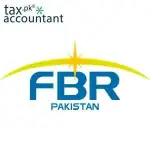



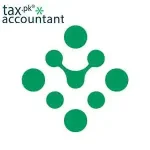

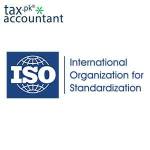

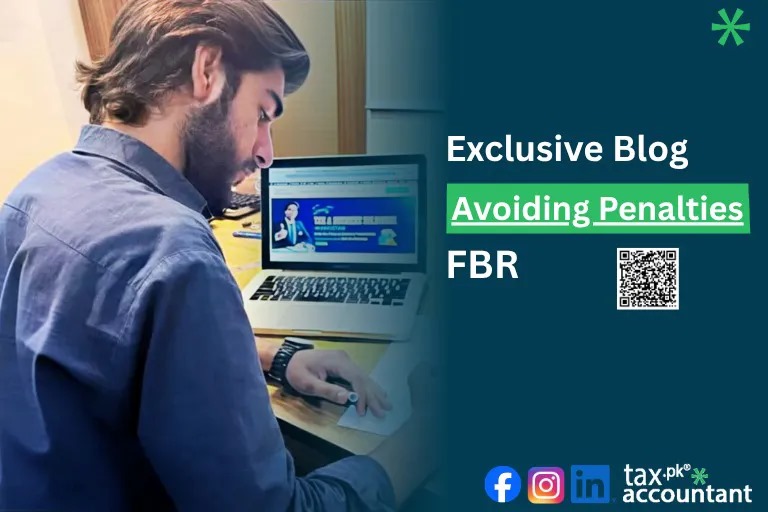
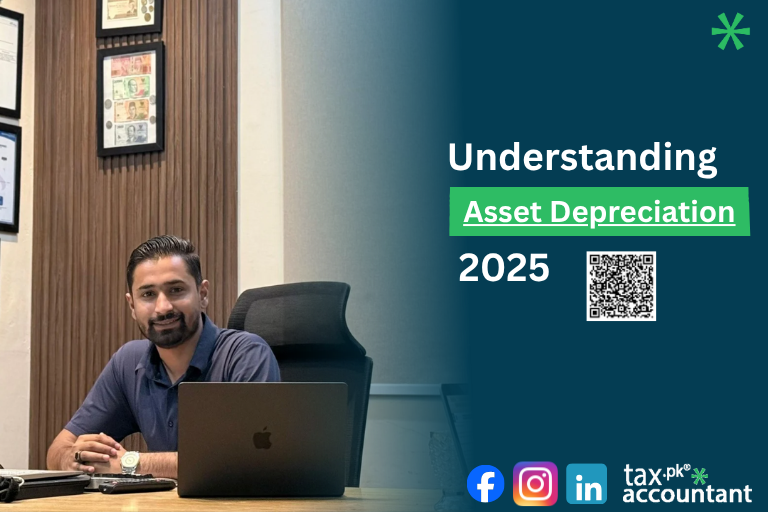


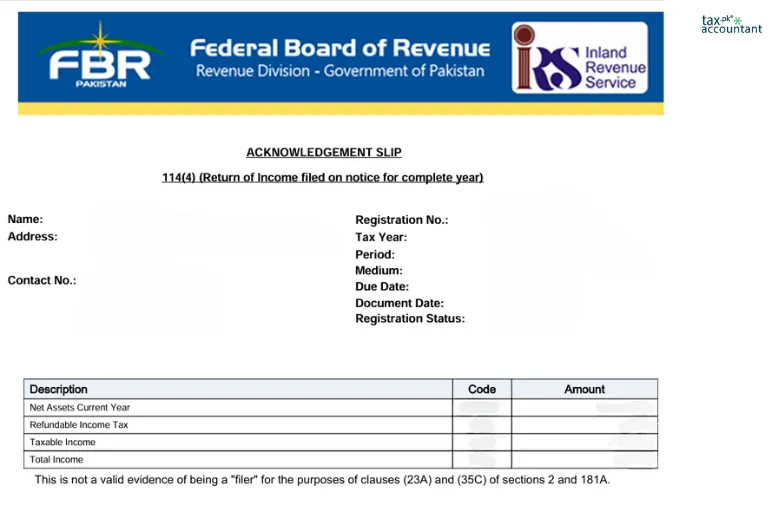

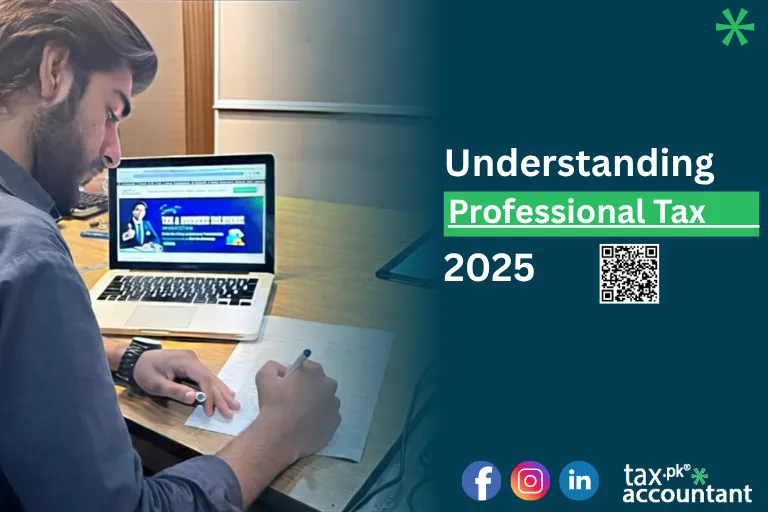
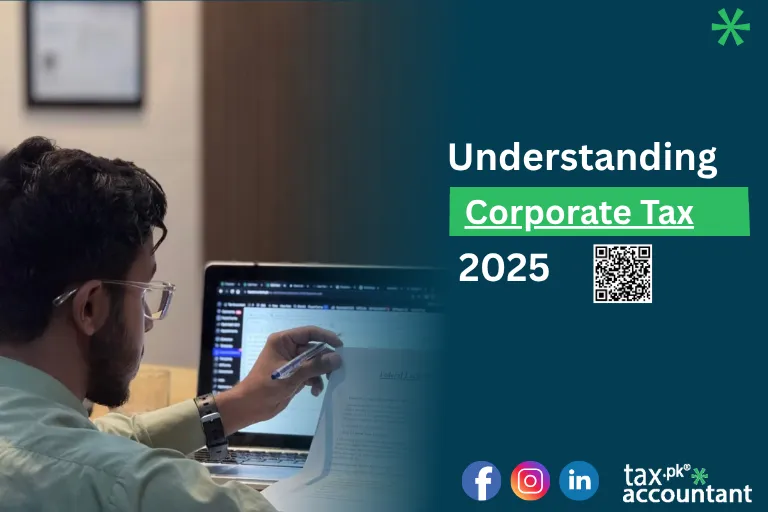

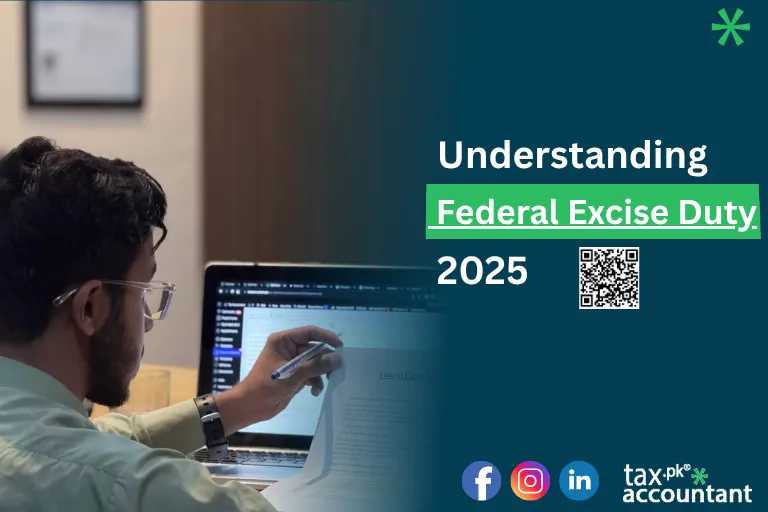
3 thoughts on “What is form 28 SECP?”
I read this piece of writing fully about the resemblance of most up-to-date and preceding
technologies, it’s remarkable article.